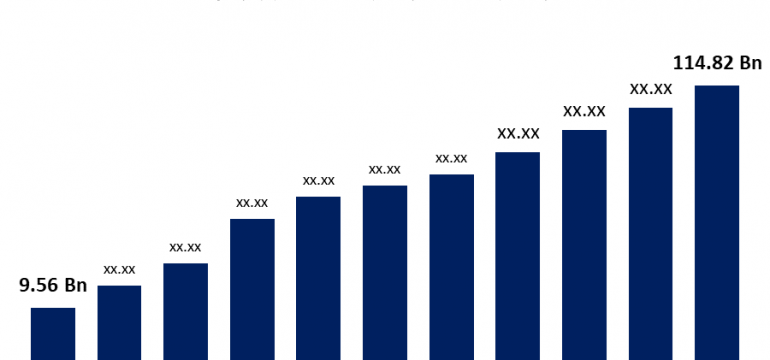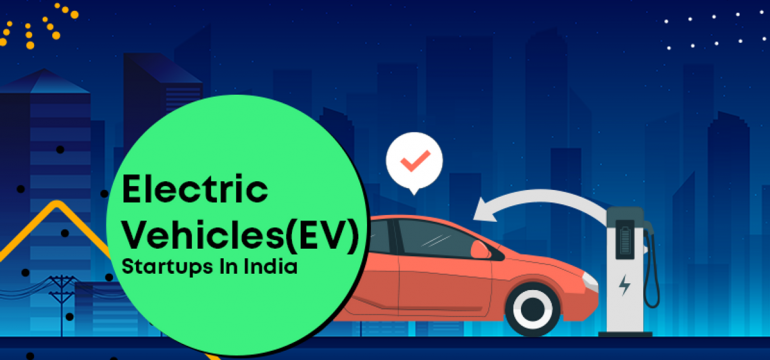The global electric vehicle (EV) market in 2023 stands as a testament to the transformative shift towards sustainable mobility. Governments, automakers, and consumers worldwide are embracing EVs to combat climate change, reduce air pollution, and achieve energy independence. As we delve into the trends, challenges, and opportunities defining the EV landscape this year, it becomes clear that the journey is as exciting as it is complex.
Key Trends Shaping the EV Market in 2023
- Unprecedented Market Growth The EV market continues to expand at a record pace. Global EV sales are expected to surpass 14 million units in 2023, a sharp increase compared to previous years. Regions such as Europe, China, and North America lead in adoption, while emerging markets are catching up fast.
- Rise of Affordable EVs Automakers are focusing on producing affordable EV models to cater to middle-income consumers. This trend is particularly prominent in developing nations, where cost has been a significant barrier to adoption.
- Advances in Battery Technology Breakthroughs in battery technology, including solid-state batteries and sodium-ion alternatives, are improving range, reducing charging times, and lowering costs. Battery recycling and second-life applications are also gaining traction.
- EV Charging Network Expansion Governments and private players are ramping up investments in EV infrastructure. Fast-charging stations, wireless charging, and home charging solutions are becoming more accessible, enhancing consumer convenience.
- Integration of Smart and Connected Features EVs are increasingly integrated with smart features like over-the-air updates, AI-based energy management systems, and autonomous driving capabilities. This tech-centric approach enhances user experience and sets EVs apart from traditional vehicles.
- Focus on Sustainability Automakers are committing to sustainable practices, including the use of eco-friendly materials and renewable energy in manufacturing. Efforts are also being made to decarbonize the entire EV supply chain.
Challenges Facing the EV Market
- Supply Chain Disruptions The global EV industry remains vulnerable to supply chain disruptions, particularly in the procurement of critical minerals like lithium, cobalt, and nickel. Geopolitical tensions and rising material costs exacerbate this challenge.
- Infrastructure Gaps Despite progress, the availability of charging infrastructure is uneven across regions. Rural areas and developing countries lag in charging station deployment, hindering EV adoption.
- Battery Lifecycle Issues While battery technology is improving, concerns about battery disposal and recycling remain. Addressing the environmental impact of used batteries is crucial for the EV market’s long-term sustainability.
- Energy Grid Strain The rapid increase in EV adoption puts pressure on existing energy grids, particularly in regions with unreliable power supply. Investment in renewable energy and smart grid solutions is essential to accommodate the growing demand.
- Consumer Perception Range anxiety, high upfront costs, and a lack of awareness about the benefits of EVs continue to deter potential buyers, particularly in emerging markets.
Opportunities in the EV Ecosystem
- Expansion in Emerging Markets Developing nations in Asia, Africa, and Latin America represent untapped potential for EV adoption. Affordable EV models and targeted policies could unlock these markets.
- Battery Innovation Advancements in alternative battery chemistries, such as lithium-sulfur and iron-phosphate, offer opportunities to create more efficient and sustainable energy storage solutions.
- Energy Integration EVs are increasingly being seen as part of a broader energy ecosystem. Vehicle-to-grid (V2G) technologies allow EVs to supply energy back to the grid, contributing to energy stability and providing additional revenue streams for owners.
- Partnerships and Collaborations Strategic partnerships between automakers, tech companies, and energy providers can drive innovation, scale manufacturing, and build robust infrastructure networks.
- Government Policies and Incentives Strong policy support, including subsidies, tax rebates, and stricter emission standards, continues to be a significant driver of EV growth. Governments are also incentivizing local production to reduce reliance on imports.
The Road Ahead
The global EV market in 2023 is at an inflection point. While challenges such as supply chain constraints and infrastructure gaps persist, the opportunities for innovation, collaboration, and sustainable growth are immense. The path forward requires collective efforts from governments, businesses, and consumers to accelerate the transition to cleaner, greener mobility.
As technology advances and barriers diminish, the dream of a world powered by zero-emission vehicles is becoming a reality. The next decade will likely witness the culmination of efforts made today, positioning the EV revolution as a cornerstone of the global fight against climate change.
Conclusion
The EV industry’s rapid evolution in 2023 signals a brighter, more sustainable future for transportation. By addressing challenges and seizing opportunities, the global community can ensure that this transformative shift benefits both the planet and its people.









